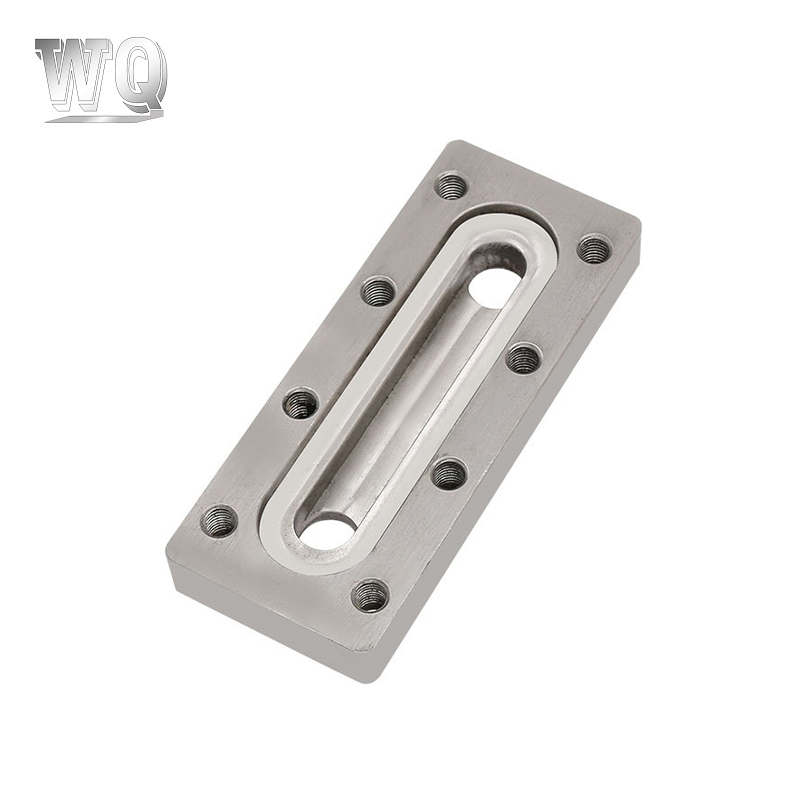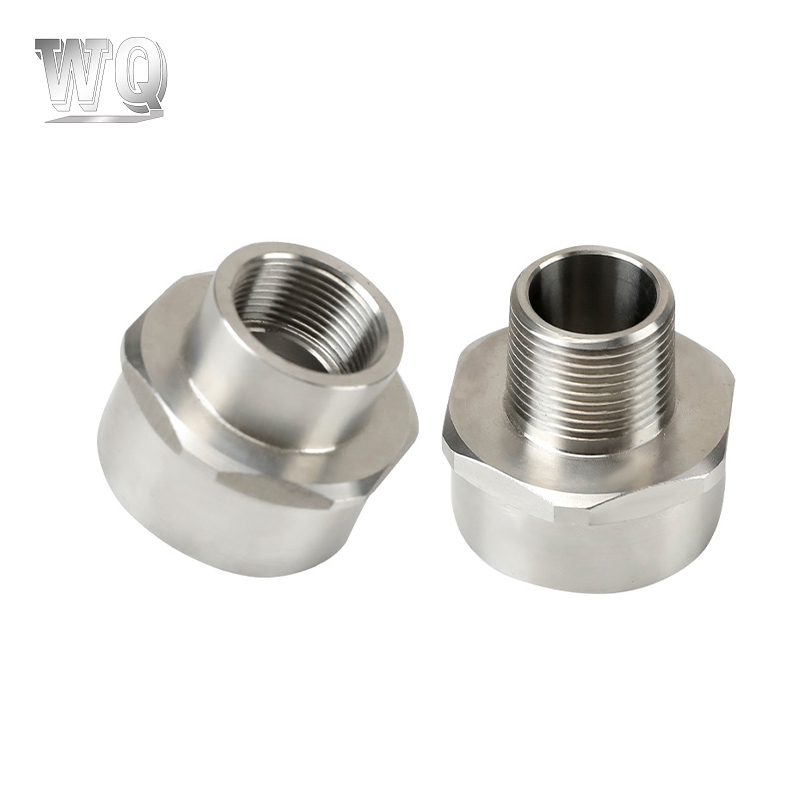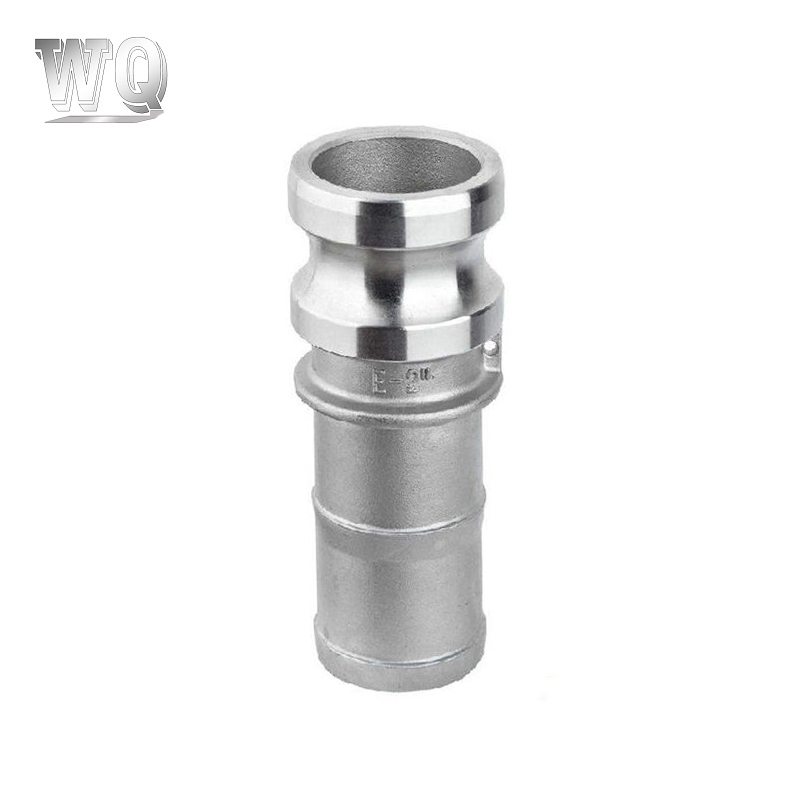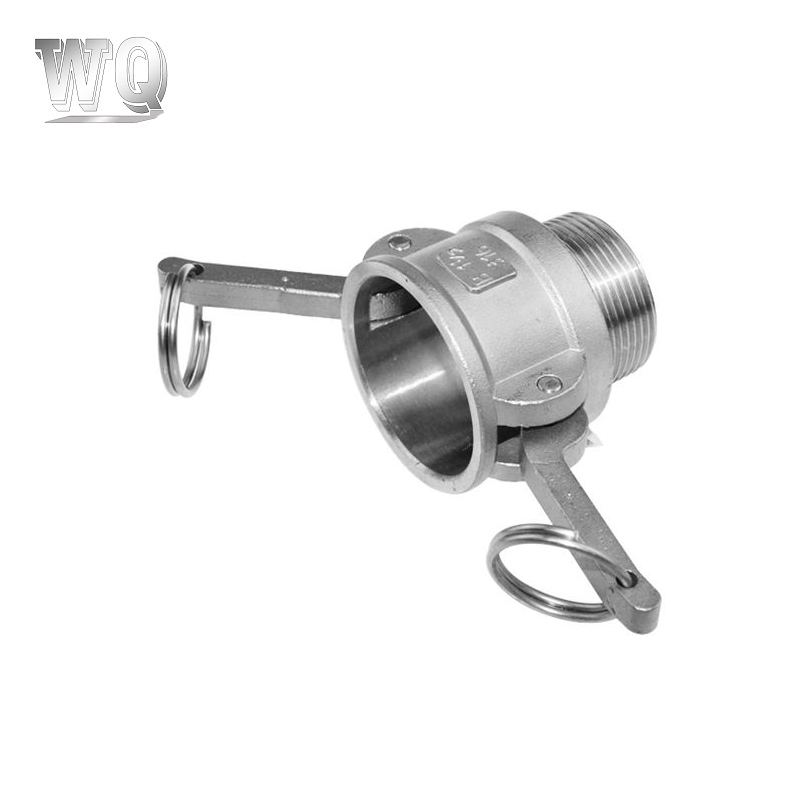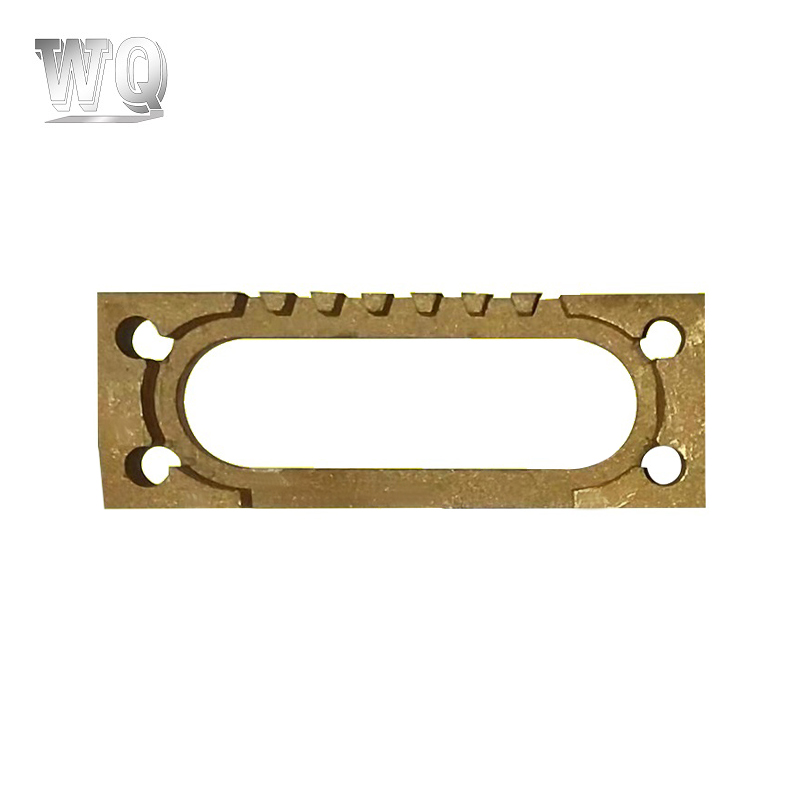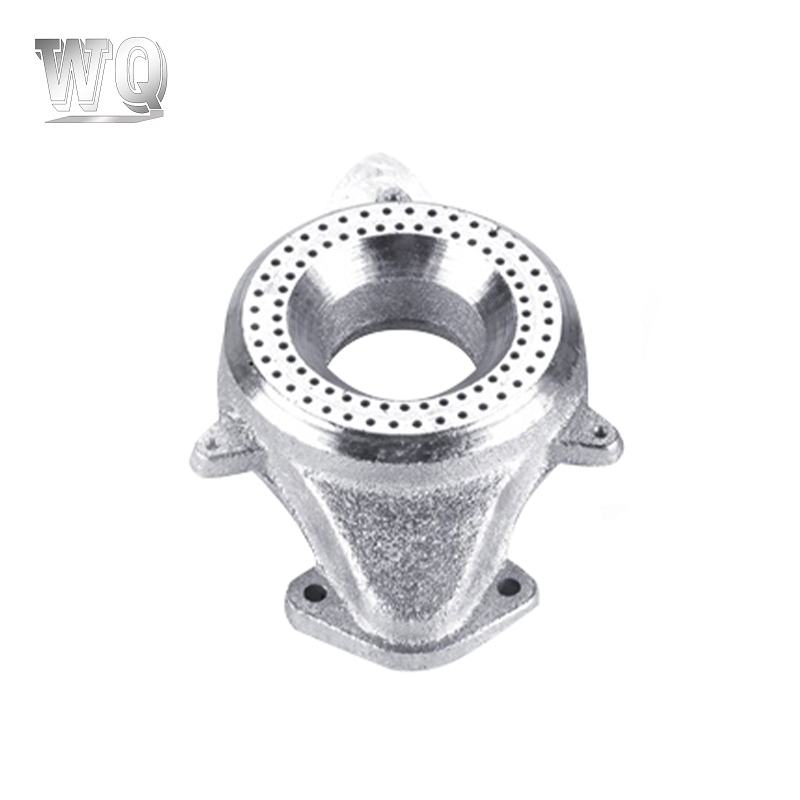Disinfecting the parts of an ice cream machine plays a crucial role in the overall maintenance and cleaning process, ensuring that the machine remains sanitary and safe for producing ice cream. Here's how it fits into the steps of maintaining and cleaning:
Ice cream machines are exposed to dairy products and sugars, which are highly susceptible to bacterial growth if not properly cleaned. Disinfecting eliminates harmful microorganisms such as bacteria, mold, and yeast, which can thrive in moist environments like ice cream machines.After washing the machine parts with soap and water, disinfecting ensures that any remaining bacteria or germs are killed, thus preventing contamination of the ice cream.
In commercial and home settings, disinfecting machine parts is necessary to comply with food safety standards, particularly in environments that are regulated by health departments. It ensures that the ice cream produced is safe for consumption, free from pathogens like Salmonella, E. coli, and Listeria.Disinfection ensures compliance with hygiene regulations, preventing foodborne illnesses caused by improper sanitation.
Disinfecting the machine parts not only removes bacteria but also prevents unwanted odors, flavors, and spoilage that can negatively impact the quality of the ice cream. Clean, disinfected parts ensure that the ice cream retains its intended flavor and texture.It helps maintain the taste, freshness, and consistency of the ice cream by eliminating any residues or contaminants that could degrade the product.
If the machine is used to produce multiple flavors or types of ice cream, cross-contamination between batches can occur if parts aren’t properly disinfected. Thorough disinfecting prevents the transfer of allergens or unwanted ingredients between different ice cream batches.Disinfecting the parts between uses reduces the risk of cross-contamination, especially when making different flavors or catering to customers with food allergies.
Regular disinfecting helps maintain the cleanliness of seals, gaskets, and other parts, which can degrade if contaminated with mold or bacteria. By preventing the buildup of harmful microorganisms, disinfecting can extend the life of these components.It ensures that machine parts remain clean and in good condition for a longer period, reducing the need for premature replacements due to contamination-related damage.
After cleaning and disinfecting, the machine is prepared for the next round of ice cream production. This step ensures that all parts are hygienic and ready to be reassembled without any risk of contamination.Disinfecting makes sure the machine is safe for use again, ensuring a hygienic production environment with every batch.
After cleaning the parts with soap and water, soak them in a food-grade sanitizer or a solution of water and white vinegar to disinfect.Once the parts have been sanitized, rinse them thoroughly with clean water and let them air dry to avoid any moisture that could harbor bacteria.
Disinfecting is a critical step in maintaining the hygiene, safety, and longevity of ice cream machine parts, ensuring that the machine consistently produces high-quality, safe-to-eat ice cream.




